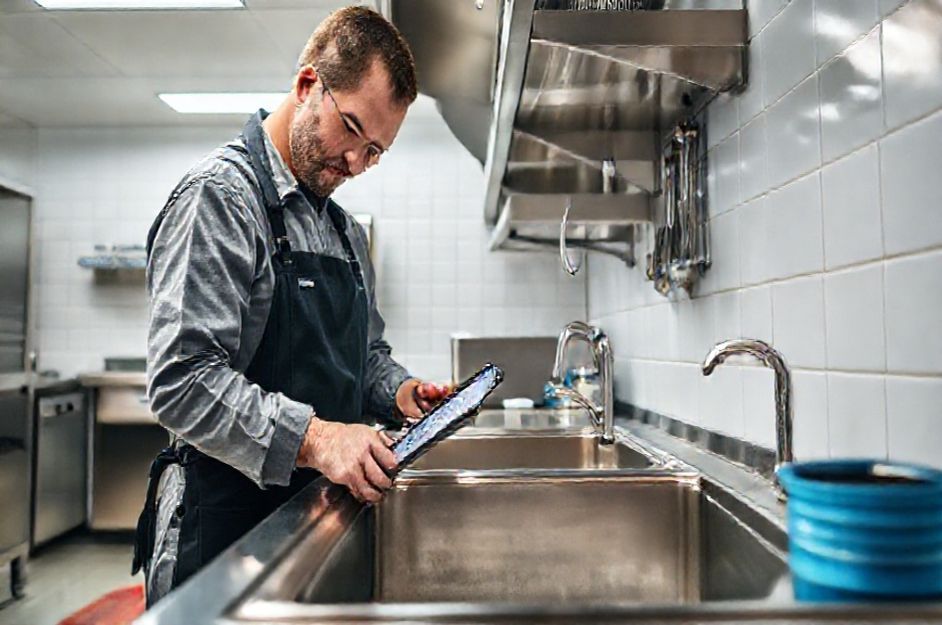Restaurants and food service establishments generate significant amounts of cooking oil, grease, and food waste daily. Ineffective management of this waste can lead to substantial environmental issues. While solid waste can be safely disposed of in trash receptacles, liquid waste containing oils and grease poses a threat to sewer systems, potentially causing blockages and wastewater backflows. Installing and maintaining a grease trap is crucial to prevent these problems.
Grease traps function by intercepting oil and grease from wastewater. They slow the flow of hot, greasy water through a tank-like structure, allowing it to cool. As the water cools, the grease and oil separate and float to the top. Baffles within the trap prevent the accumulated grease and oil from escaping, while the cooler water flows down the drain to the sewer. The size of the grease trap needed depends primarily on the volume of waste produced and the frequency of maintenance. Grease traps can be situated inside or outside a building. Interior traps are generally smaller, requiring more frequent maintenance. Exterior traps are usually larger and may be less disruptive to maintain. However, their performance can vary between winter and summer, making them more susceptible to clogging in cold weather.
Restaurant owners and managers should be aware of the location of their grease trap, drain lines, and clean-outs. Regular cleaning and maintenance of the grease trap and drain lines minimize the amount of solids and grease entering the public sewer system, reducing the risk of backups and blockages. Some municipalities mandate grease traps, periodic maintenance, and inspections for specific businesses. Untrapped oil and grease in wastewater reduces pipe capacity over time, eventually causing clogs. Piping systems without grease traps require more frequent cleaning and may need premature replacement. Excessive grease sent to wastewater treatment plants can overload their systems, causing facilities to exceed discharge limits. Flushing extremely hot water down the drain only shifts the problem downstream, potentially exacerbating it. Repairing sewer line blockages can be costly, impacting both customers and finances. Responsibility for resolving clogs and covering costs depends on the location of the blockage. Accumulating oil and grease close to the source, within a properly maintained grease trap, is the most cost-effective solution.
Several methods exist for maintaining grease traps and disposing of waste. The best approach depends on cost, service availability, and local disposal or recycling options. Most restaurants contract professional pumping services to remove waste from the grease trap and ensure proper disposal. Some areas offer specialized grease trap waste service companies, while others have contractors that handle grease traps, sand traps, and septic tanks. These contractors can typically be found in business directories under listings such as “Grease Traps and Service” or “Septic Tanks.”
